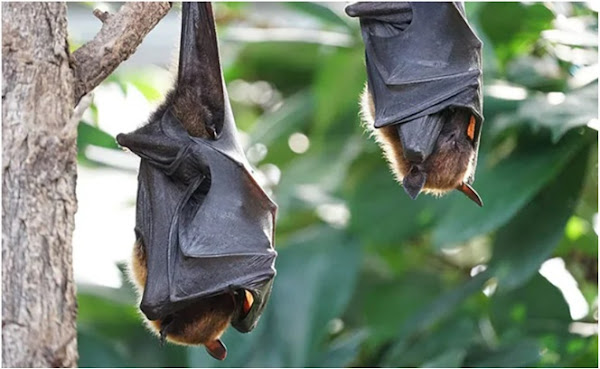NeoCov Coronavirus
A single molecular change in the lab enabled a coronavirus called Neocov to “efficiently infect” human cells using the same pathway that the SARS-CoV-2 uses to infect human cells, researchers from Wuhan University, Wuhan, China said in a report that is yet to be peer-reviewed.
Neocov has so far only been seen in bats and no instances have been reported in people but being closely related to the Middle Eastern Respiratory Syndrome (MERS) coronaviruses - traditionally more lethal but less transmissible than Sarscov2 - the study has raised concern that this too may lethally proliferate in people. Experts however say that such fears are unwarranted.
In their study, which is available on the online pre-print server bioRxiv.org, the scientists set out to find out they ways in which Neocov, a coronavirus known to be 85% similar to MERS coronaviruses, infected animal cells. MERS has a mortality rate of around 35%, far more than the coroanviruses.
Physician and former president, Indian Medical Association, Rajeev Jayadevan in a Twitter thread said that Neocov was discovered in 2013-14 and “nothing has happened.” Despite similarities, the ACE2 receptors of bats and people were different and the odds of a sudden jump were low.
One expert however reckoned that because the mutation was engineered in a lab, it potentially meant that such viruses could be intentionally created. “What we’ve learnt from sarscov2 is that gain of function research is happening in laboratories and you don’t need expensive, complicated equipment to make infectious viruses. That’s the reality we have to acknowledge.” The person declined to be identified.
More deatils @ https://www.tridhascholars.org/press-release/neocov-coronavirus-found-in-bats-wuhan-scientists-warn-of-new-coronavirus.php
Source: https://www.tridhascholars.org/

Comments
Post a Comment